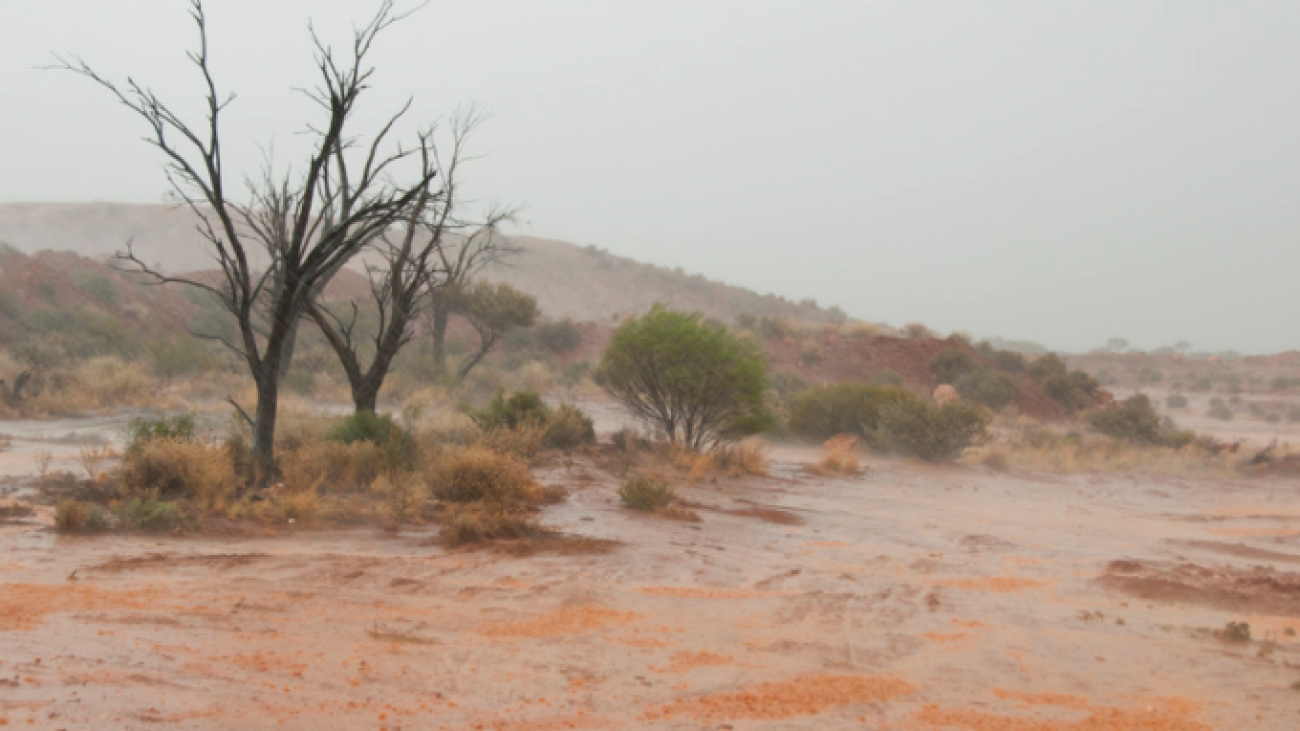After announcing that they would be going ahead with the long-debated proposal, the Federal Government has quickly moved to develop a cyclone reinsurance pool.
The draft legislation was released December 2021. It provided various details, but still left key questions regarding the pool unanswered.
The two-week public consultation period on the draft bill closed on the 17th of December 2021, and the legislation is due to be introduced into Federal Parliament this year, and the pool is set to commence from July. This is ahead of the election due by late may this year.
The pool will cover cyclone and related flood damage for claims that arise from the beginning of a cyclone until 48 hours after it ends. The cover includes wind, rain, rainwater, rainwater run-off, storm surge, and riverine flood damage.
The Australian Reinsurance Pool Corporation (ARPC) will administer the scheme, and based on advice from the Bureau of Meteorology they will declare an event. The initial announcements regarding the proposed pool had referred to a region above the Tropic of Capricorn, however the new material simply refers to “cyclones in Australia”, including offshore territories such as Norfolk Island.
The eligible policies include, household property, residential and mixed-use strata, small business, charity and not-for-profit property policies, and farm residential policies.
However there are certain restrictions.
Business property policies would need to have sums insured of $5 million or less and strata and community title properties will be eligible where at least 80% of the total floor space of units are used mainly for residential purposes. Business marine cover remains a work in progress and is set to be included from the middle of 2023.
This cyclone pool will be mandatory and insurers are expected to start entering into agreements with the ARPC from July.
Large insurers have until December 31 next year to join the scheme, and small insurers have an extra 12 months to ensure all eligible risks are reinsured with the scheme.
The pool will be funded by insurer premiums but the scheme is backed by a $10 billion annual Government guarantee. In the case of rare cyclone activity levels that draw down the available funds, the Government guarantee can be increased after talks involving the Prime Minister, Treasurer and Financial Minister.
Premiums determined by the ARPC will be subject to actuarial review, and won’t include a profit margin. The pricing formula is set to be finalised before July and will use property-level data such as geography, building characteristics, and mitigation.
Treasury says key principles for the formula include that it should lower the reinsurance cost for most policies with medium-to-high exposure to cyclone risk and have minimal impact on premiums for lower cyclone-risk properties.
The treasury says it should also maintain incentives for risk reduction and offer discounts for properties that undertake mitigation.
From July to June 30, 2025, the cyclone pool should cover the entire cost of eligible cyclone and related flood damage claims above the policyholder excess, “to support insurer transition and maximise the potential premium reductions through the pool”.
After that time, the pool will operate on a risk sharing arrangement with the insurers, where the pool will continue to cover a significant proportion of eligible claims.
Insurers will continue to manage any of the claims, while the policyholders will still be able to choose their insurer.
“The scheme is expected to improve insurance access and affordability in cyclone-prone areas, build the financial capability of affected households and small businesses to recover from natural disasters, and support the economic resilience and development of cyclone-prone areas,” the Treasury paper says.
“The scheme is also expected to increase competition by encouraging greater insurer participation in cyclone-prone areas and support higher levels of insurance coverage by property owners.”
Pricing and the pass-through of savings from the scheme will be monitored by the Australian Competition and Consumer Commision. The first review is scheduled for three years after it commences, and every five years thereafter.
While the scheme is expected to commence in July this year, critical issues around the setting of premium pricing are still to be determined. Debate continues about the breadth of this cover, and the expected level of savings for policyholders remains unknown.
You can read the draft legislation, along with further details here.
Credit: https://www.insurancenews.com.au/analysis/cyclone-pool-details-revealed-but-questions-remain

